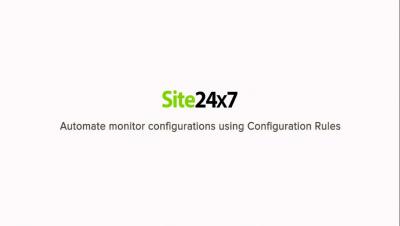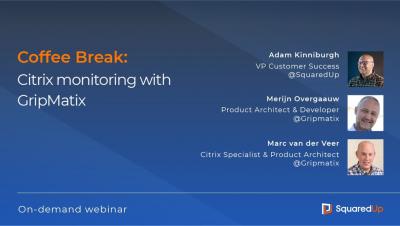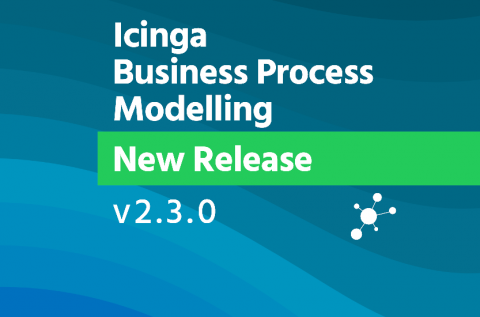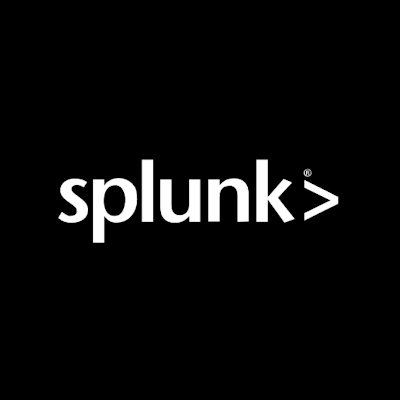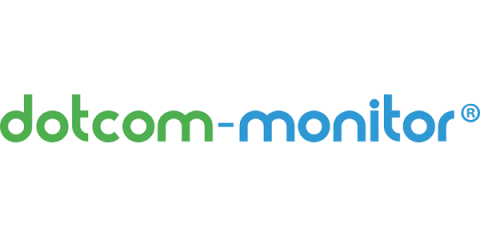Operations | Monitoring | ITSM | DevOps | Cloud
Monitoring
The latest News and Information on Monitoring for Websites, Applications, APIs, Infrastructure, and other technologies.
Automate monitor configurations using Configuration Rules
Coffee Break: Citrix Monitoring with GripMatix
Release Notes: Stakeholder Engagement, Uptime Monitoring API, Flexible Periods for Schedules, and more
Nowadays, a working digital infrastructure is the lifeblood of almost any organization. The impact of a major IT incident can go far beyond the IT department, affecting a company’s revenue or incur costs in other areas of the business caused by service disruption. Therefore, in addition to the technical response to a major incident from the IT department, business stakeholders need to be involved as well, so they can prepare the business response.
Coffee Break: Citrix Monitoring with GripMatix
Icinga Business Process Modelling Version 2.3.0
The Business Process module is used to visualise all the objects in Icinga in a hierarchical format. This way, you can visualise your data in a way that fits its application! You can create custom process-based dashboards and trigger notifications at process or sub-process level. You can also have a quick top-level view for thousands of components on a single screen.
Easy automated E2E testing & monitoring for your frontend with Vercel and Checkly
Exciting times ahead. With the Jamstack gaining momentum, the landscape around it is offering more and more tools to streamline developer workflows and free up time for actual development. A cutting edge solution in this interesting space is Vercel, formerly known as ZEIT. In this blog post we will get a taste of Vercel's capabilities by using it to deploy and preview a sample Gatsby blog - and while we're at it, we will of course take the chance to kick off some checks automatically from Checkly.
Identifying and monitoring key metrics for your hosts and systems
This post is the first in a three-part series on how to effectively monitor the hosts and systems in your ecosystem, and we're starting with the one you use most: your personal computer. Metrics are a key part of observability, providing insight into the usage of your systems, allowing you to optimize for efficiency and plan for growth. Let's take a look at the different metrics you should be monitoring.
Splunk - Creates real-time business impact from data
From dealing with security concerns to production monitoring, businesses need to analyze the log data of their systems to ensure everything is functioning normally. In a computing context, a log refers to automatically produced and time-stamped documentation of events related to a particular system. Analysis of log data helps businesses comply with regulations, security policies and audits, understand online consumer behavior, and comprehend system troubleshoots.
Monitoring Applications that Require Identity Management Authentication
Identity and Access Management (IAM) systems provide core directory services, application access management, and authentication and authorization services. IAM also helps developers with a base platform to provide access control to their applications based on centralized policies and rules. IAM manages user details, authentication, and access information for an organization. The responsibility of user management and authentication creates a great dependency on IAM.



